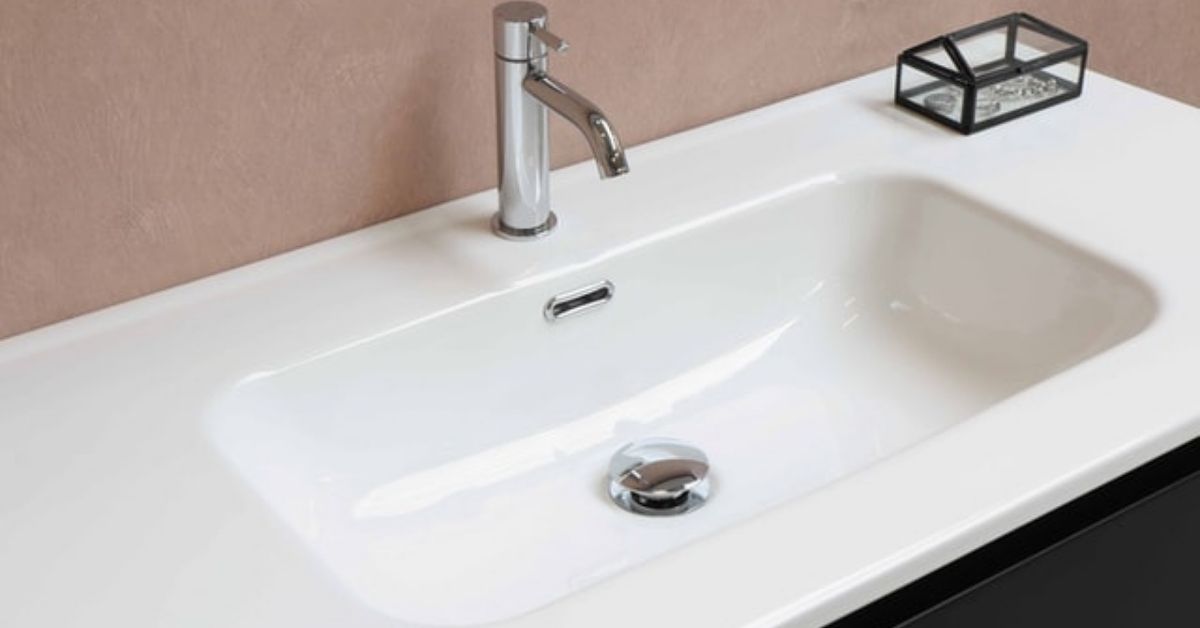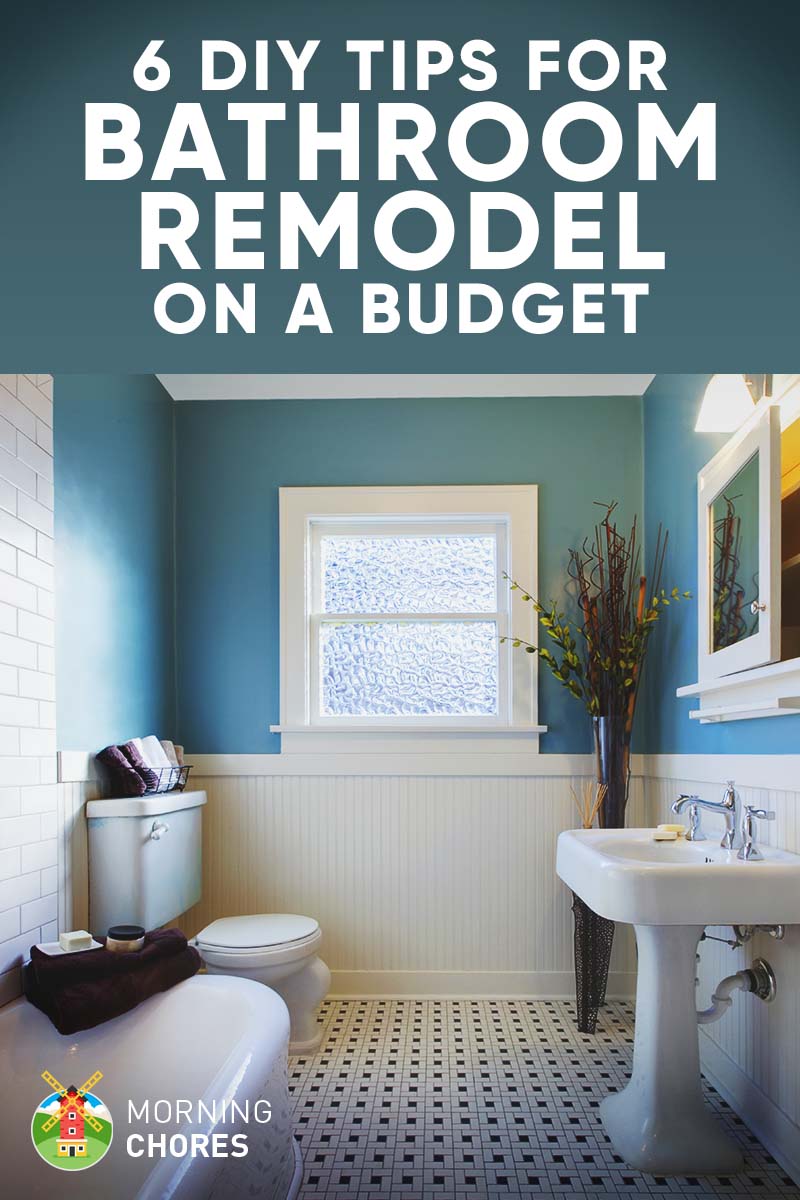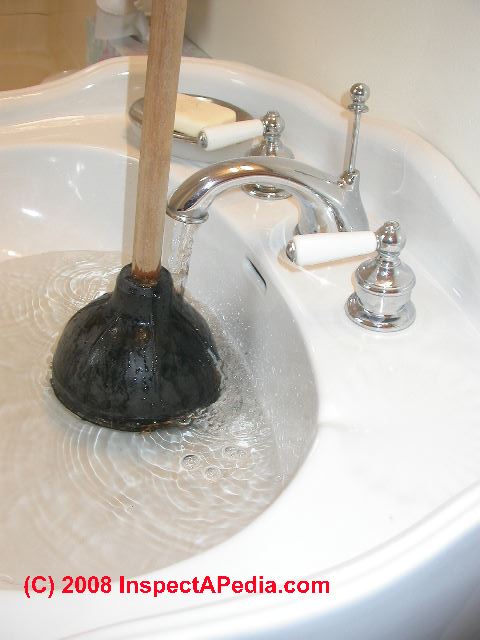Is your bathroom sink draining at a snail's pace? It's frustrating, inconvenient, and can even lead to bigger plumbing issues. Before you panic and call a plumber, it's important to understand the causes of slow flow in a bathroom sink and the solutions available to fix it. Let's dive in and explore the top 10 main reasons for slow flow in a bathroom sink. Slow Flow in Bathroom Sink: Causes and Solutions
If you're dealing with a slow-flowing bathroom sink, the first step is to identify the cause. One common culprit is a clogged drain, which can be caused by hair, soap scum, or debris buildup. You can try using a plunger or a drain snake to clear the clog. If that doesn't work, it might be time to call in a professional plumber. How to Fix a Slow Flowing Bathroom Sink
If the drain isn't the issue, the problem could be with the aerator. The aerator is a small mesh screen located at the end of the faucet. Over time, it can become clogged with mineral deposits and debris, restricting the flow of water. You can easily remove the aerator and clean it with a toothbrush and vinegar to improve the flow. Troubleshooting Slow Flow in Bathroom Sink
Another common cause of slow flow in a bathroom sink is a faulty pop-up drain assembly. Over time, the mechanism can become clogged with hair and gunk, making it difficult for water to drain properly. You can try cleaning the assembly or replacing it entirely to improve the flow of water. Common Reasons for Slow Flow in Bathroom Sink
If you're a DIY enthusiast, there are a few things you can try to improve the flow of water in your bathroom sink. One simple solution is to remove and clean the p-trap, which is a curved pipe located under the sink. It's common for hair and debris to get trapped here, causing slow flow. You can also try using a homemade drain cleaner made of baking soda and vinegar to clear any buildup in the pipes. DIY Tips for Improving Flow in Bathroom Sink
If your bathroom sink is completely clogged and not draining at all, it's time to take more drastic measures. You can try using a plumbing snake or a chemical drain cleaner to break up the clog. However, be cautious when using chemical cleaners as they can be harmful to your pipes and the environment. How to Unclog a Slow Draining Bathroom Sink
If your DIY efforts are not successful in improving the flow of water in your bathroom sink, it's best to call in a professional plumber. They have the tools and expertise to properly diagnose and fix the issue. They may also recommend hydro jetting, which uses high-pressure water to clear out any stubborn clogs and debris. Professional Solutions for Slow Flow in Bathroom Sink
Prevention is always better than cure, and this applies to slow flow in bathroom sinks too. Regular maintenance can help prevent clogs and keep your sink draining smoothly. Make sure to clean the aerator and p-trap regularly and avoid pouring grease, oil, and food scraps down the drain. You can also invest in a drain cover to catch hair and other debris before it enters the pipes. Preventing Slow Flow in Bathroom Sink: Maintenance Tips
If you're dealing with a slow-flowing bathroom sink frequently, it might be time to upgrade to a more efficient sink. There are many modern options available with advanced drainage systems and aerators that can improve the flow of water and save you from future headaches. Upgrading Your Bathroom Sink for Better Flow
Sometimes, the best solution for a slow-flowing bathroom sink is to replace it altogether. If your sink is old and constantly experiencing slow flow, it may be time for an upgrade. Other signs to look out for include cracks, leaks, and rust, which can indicate a more serious underlying issue with your sink. In conclusion, a slow flow in a bathroom sink can be a pesky problem, but it's not one that can't be fixed. By understanding the causes and trying out some of these solutions, you can improve the flow of water in your sink and keep your plumbing in top condition. Signs You Need to Replace Your Bathroom Sink for Slow Flow
The Importance of Adequate Water Flow in Bathroom Sinks

Problems Caused by Slow Flow in Bathroom Sinks
 When it comes to designing a house, the bathroom is often overlooked. Many homeowners focus on the aesthetics of the bathroom, such as the tiles and fixtures, but fail to consider the functionality of the space. This can lead to issues, such as slow flow in the bathroom sink.
Slow flow
in a bathroom sink refers to the reduced rate at which water drains out of the sink. This can be caused by a variety of factors, such as clogged pipes, mineral buildup, or even a faulty faucet. While it may seem like a minor inconvenience, slow flow in the bathroom sink can actually lead to serious problems.
One of the main issues caused by slow flow in the bathroom sink is
water accumulation
. When water drains slowly, it can start to pool in the sink, creating a breeding ground for bacteria and mold. This not only poses a health risk, but it can also cause unpleasant odors in the bathroom. Additionally, stagnant water can cause damage to the sink and surrounding areas, leading to costly repairs.
When it comes to designing a house, the bathroom is often overlooked. Many homeowners focus on the aesthetics of the bathroom, such as the tiles and fixtures, but fail to consider the functionality of the space. This can lead to issues, such as slow flow in the bathroom sink.
Slow flow
in a bathroom sink refers to the reduced rate at which water drains out of the sink. This can be caused by a variety of factors, such as clogged pipes, mineral buildup, or even a faulty faucet. While it may seem like a minor inconvenience, slow flow in the bathroom sink can actually lead to serious problems.
One of the main issues caused by slow flow in the bathroom sink is
water accumulation
. When water drains slowly, it can start to pool in the sink, creating a breeding ground for bacteria and mold. This not only poses a health risk, but it can also cause unpleasant odors in the bathroom. Additionally, stagnant water can cause damage to the sink and surrounding areas, leading to costly repairs.
The Importance of Adequate Water Flow
How to Improve Water Flow in Bathroom Sinks
:max_bytes(150000):strip_icc()/close-up-of-overflowing-bathroom-sink-90201417-579787783df78ceb865822d8-5c30d5dac9e77c0001149e8f.jpg) If you are experiencing slow flow in your bathroom sink, there are several steps you can take to improve the situation. The first step is to identify the cause of the problem. If it is a clog, you can try using a plunger or a drain snake to clear the blockage. For mineral buildup, using a mixture of vinegar and baking soda can help dissolve the deposits and improve flow.
Regular maintenance
is also key to preventing slow flow in bathroom sinks. This includes regularly cleaning the sink and pipes to prevent buildup and using a hair catcher to avoid clogs caused by hair. It is also recommended to have a professional plumber inspect your pipes and faucets at least once a year to catch any potential issues early on.
In conclusion, adequate water flow in bathroom sinks is crucial for maintaining a clean and functional space. It not only prevents potential health hazards and damage to your home, but it also makes daily tasks more efficient. By understanding the importance of water flow and taking necessary measures to improve it, you can ensure a hassle-free bathroom experience for years to come.
If you are experiencing slow flow in your bathroom sink, there are several steps you can take to improve the situation. The first step is to identify the cause of the problem. If it is a clog, you can try using a plunger or a drain snake to clear the blockage. For mineral buildup, using a mixture of vinegar and baking soda can help dissolve the deposits and improve flow.
Regular maintenance
is also key to preventing slow flow in bathroom sinks. This includes regularly cleaning the sink and pipes to prevent buildup and using a hair catcher to avoid clogs caused by hair. It is also recommended to have a professional plumber inspect your pipes and faucets at least once a year to catch any potential issues early on.
In conclusion, adequate water flow in bathroom sinks is crucial for maintaining a clean and functional space. It not only prevents potential health hazards and damage to your home, but it also makes daily tasks more efficient. By understanding the importance of water flow and taking necessary measures to improve it, you can ensure a hassle-free bathroom experience for years to come.



























































































